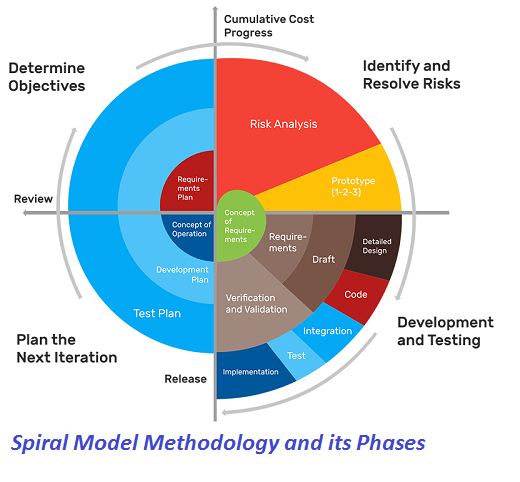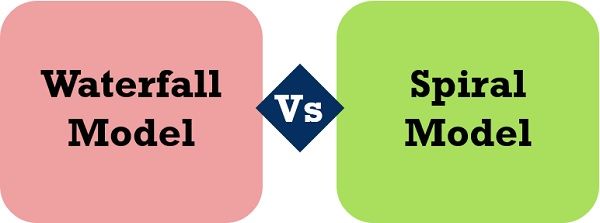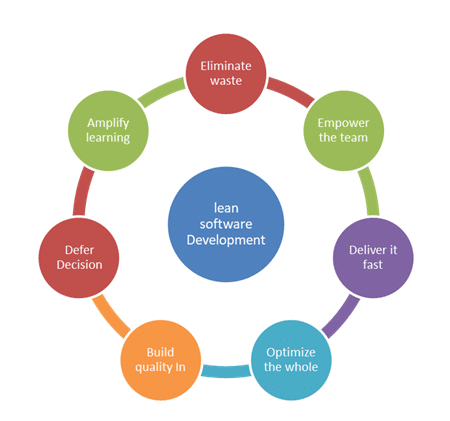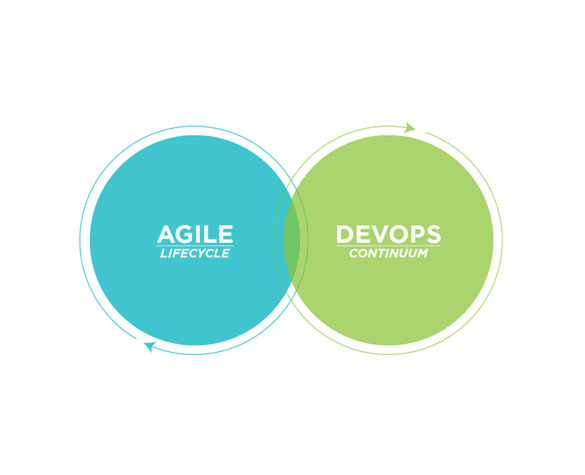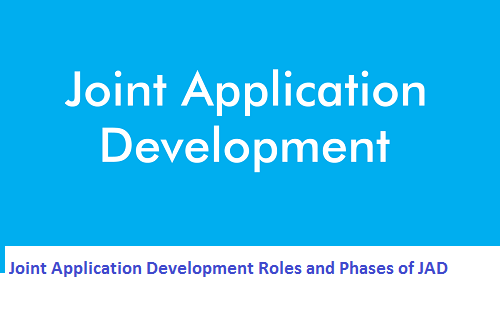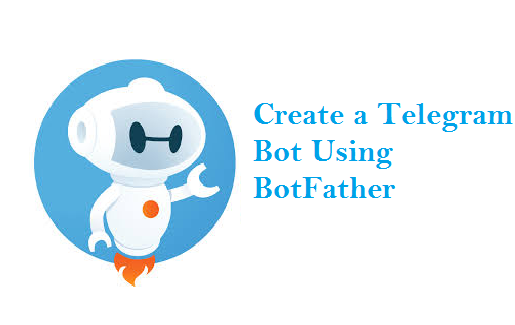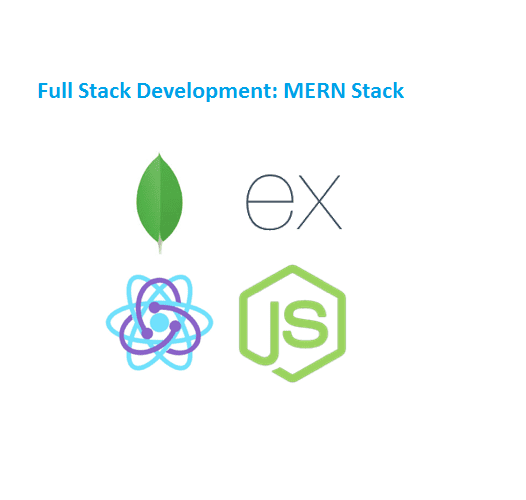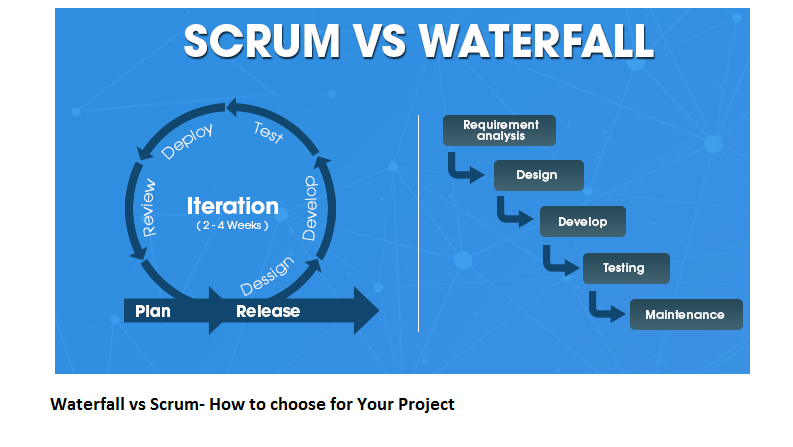 What is Waterfall?
What is Waterfall?
There are many versions of this traditional approach to create products. For clarity’s sake I will stick to the easiest explainable version. With Waterfall you break down the project into sequential phases, for example as follows: requirements, analysis, design, and coding, testing, operations. Waterfall is the traditional approach to software development. It is based on the principles of sequence, strict hierarchy, and documentation.
Each Waterfall project includes at least five sequential stages: the project’s planning, designing, performing, testing, and deploying. Usually, there are even more sequential stages in the Waterfall projects. None of them can begin before the previous stage is finished.
It is also impossible to return to the previous stage in the Waterfall methodology. It means that if a fail occurred at the early stages of the Waterfall process and was identified only at the final stage (testing), the whole project should be made from scratch even after all the work was finished.
Constant use of documentation is one more specific feature of the Waterfall method. The documents are required because the customer is not involved in the process of software development. The Waterfall developers should gather all the necessary information about the customer’s wishes before the work on a project starts and document it. All their further work is based on documents. The customer sees the product only after the work is finished. Hence, there is a great risk that the final product will not meet the customer’s requirements.
What is Scrum?
It includes customers and stakeholders at each phase. Scrum development saves time and money by reviewing regular sprints in the development process. Work is divided into teams as an individual responsibility. Scrum takes feedback from the product owner and stakeholders. The customer is kept in the loop and constantly taken his word throughout the process of development. The Scrum development process works well for difficult and complex projects.
It has no defined stages. Scrum welcomes changes at an early and late-stage during development. The development process is divided among the team as an individual; it does not wait for the previous stage to get completed. It divides its work into sprints and then assigned according to team members. Working software is shown to the customer at an early stage. This is why changes are welcomed. It is not bound by a tight deadline. The customer also not rushing for the software as he is aware of every movement or development taking place for his product. The customer is kept informed about every step taking place in project development.
As we see, the difference between Scrum and Waterfall is significantly huge. One method is based on the strict structure of the workflow, and the other provides lots of opportunities for flexible solutions. Both waterfall and scrum software development life cycle is a good approach. The benefits through these can be taken out only by the initial stage of analyzing the need from the product, for example, the size of the product can let the manager decide which approach can be chosen for the development of the software. Every type of product context requires a different approach.

